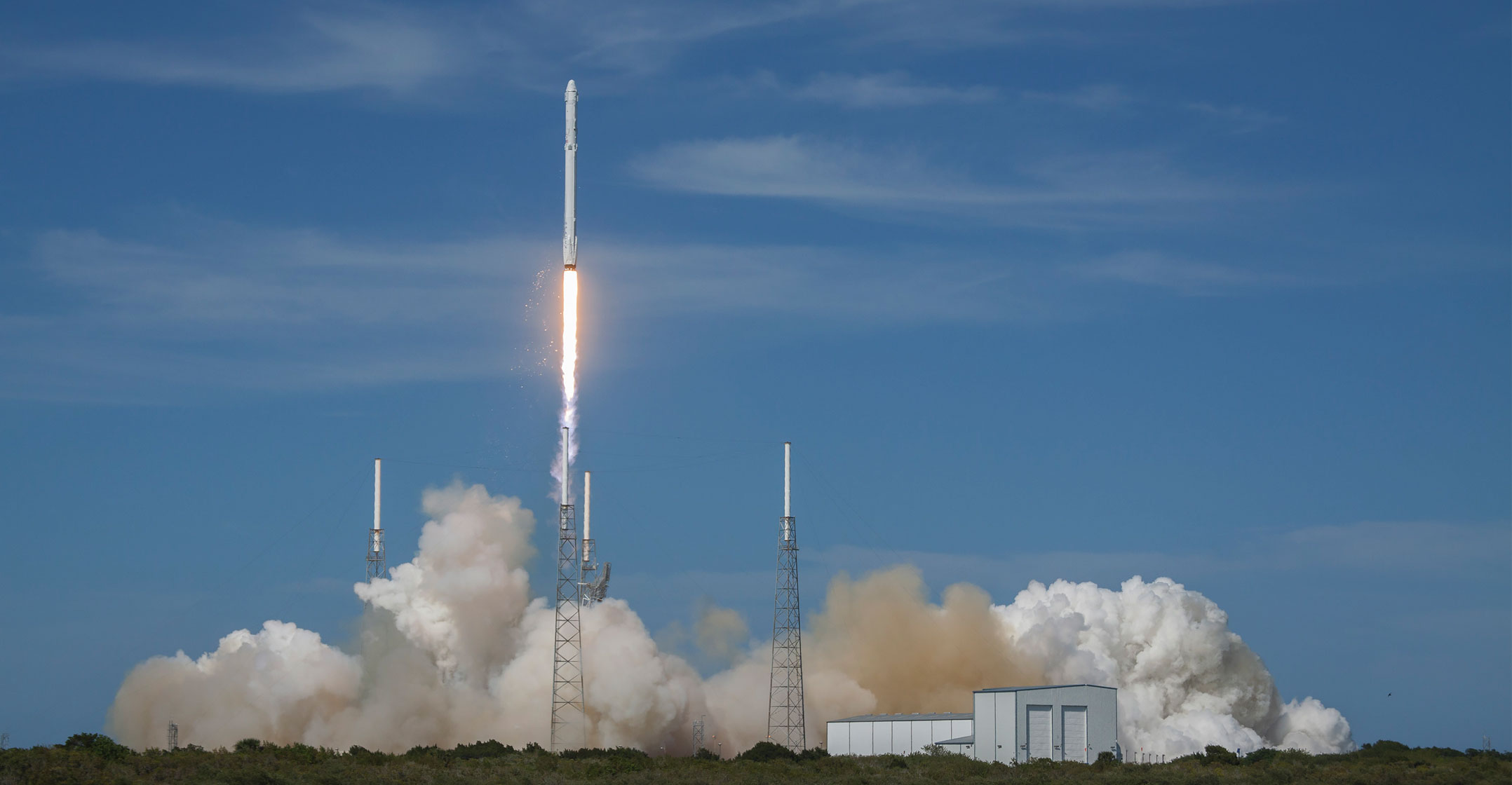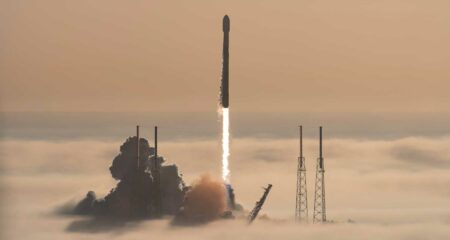
Kenya has launched its first-ever operational Earth observation satellite, becoming the latest African nation to achieve the milestone in the continent’s nascent space industry.
The nanosatellite dubbed Taifa-1 was among the dozens of spacecraft carried by SpaceX’s Falcon 9 rocket that lifted off on Saturday from Vandenberg Space Force Base, California, according to the Kenya Space Agency.
The space industry in Africa is slowly gaining traction with the help of new technologies, such as SpaceX’s small satellite ride-share programme, that have reduced the cost of access. As of December, 52 satellites had been launched by 14 African countries, with Uganda and Zimbabwe sending theirs in November, according to consultancy firm SpaceHubs Africa.
Kenya’s Taifa-1 was designed and developed by local engineers in collaboration with Bulgarian firm EnduroSat, said Andrew Nyawade, acting director in charge of space regulation exploration and utilisation at Kenya Space Agency.
Images from the spacecraft will provide a wide array of data, including details required to assess weather patterns, according to the space agency. The information will be key to responding to climate-linked challenges such as a prolonged drought that has curbed food production in Kenya, and boost the government’s efforts in improving food security, forestry and offer insights to land-use planners.
History
The history of Kenya’s space industry, though with little invested, can be traced back to the 1970s when a satellite owned by Nasa was launched from the East African nation’s coastal town of Malindi. Nasa’s satellite was called Uhuru, Swahili for freedom, and the mission ended in 1973, according to Nyawade. In 2018, an experimental satellite dubbed 1KUNS-PF built by the University of Nairobi was launched into space, and de-orbited in 2020.
The launch on Saturday is seen as “moment of national pride”, according to the state agency. — David Herbling, (c) 2023 Bloomberg LP




